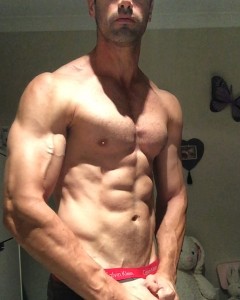
A pound of fat equals 3,500 calories, which means, to lose 1 to 2 pounds per week, you need to burn off 500 to 1,000 calories more per day than you consume — or between 3,500 and 7,000 calories per week. Losing weight fast isn’t recommended by most major health organizations — it’s usually unsustainable and can lead to nutrient deficiencies, muscle loss and a stalled metabolism.
Use an online calculator to determine your daily calorie needs, given your current age, size, gender and activity level. Add exercise without increasing your calorie intake. If you eat more calories in response to exercise, it won’t result in weight loss. For example, a 155-pound person burns 2,000 calories per day and eats 2,000 calories will maintain her weight. But, if she exercises and burns an extra 500 calories per day — perhaps by jogging at 5 mph for 45 minutes — but continues to consume 2,000 calories, she can lose a pound per week.
Exercise helps burn calories and also maintains lean muscle mass while you’re losing weight. If you reduce calories without exercise, one-quarter of every pound you lose comes from lean muscle mass. Muscle also requires more calories for your body to sustain, so it boosts your metabolism. A more muscular body also looks taut and fit.
Measure the benefits exercise provides to weight loss in more than just calories burned, too. Cardiovascular exercise, which involves raising the heart rate for an extended period of time, such as cycling or running, burns a lot of calories per minute as compared to strength training. But, strength training is better at developing muscle mass when compared to cardio.
You may burn just about 100 calories per half-hour session of strength training but reap numerous, additional benefits. Ten weeks of resistance training can increase your lean muscle mass by 3 pounds, decrease your fat weight by 4 pounds and increase your metabolic rate by 7 percent, reports research published in a 2012 issue of Current Sports Medicine Reports. A balanced approach to exercise that includes both forms is best for your health and weight loss.



